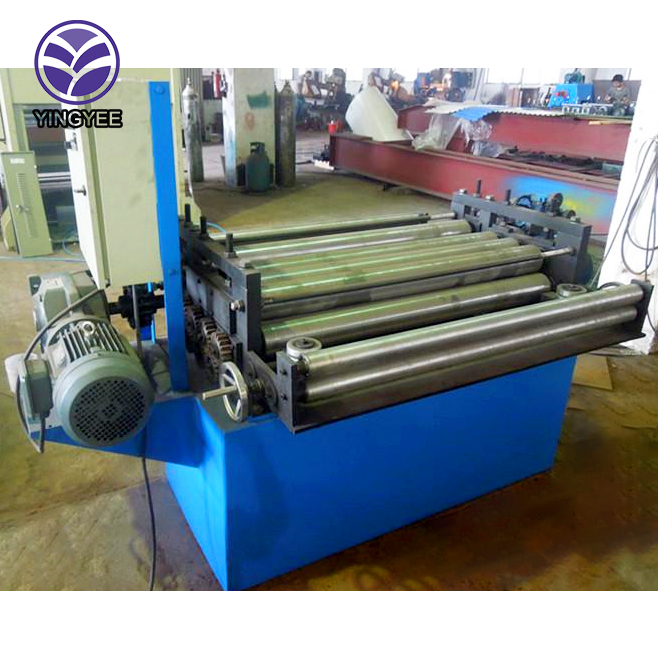
The Future of Manufacturing Automatic T Ceiling Production Lines
In today's fast-paced industrial landscape, efficiency and precision are paramount. As manufacturers strive to meet the growing demands for high-quality products at competitive prices, automation has emerged as a key solution. One of the most innovative advancements in this realm is the automatic T ceiling production line, a cutting-edge system designed for the mass production of T-bar ceilings. This article delves into the significance of automatic T ceiling production lines, their components, and their impact on the industry.
What is a T Ceiling?
T ceilings, also known as suspended ceilings, have become a popular choice in commercial and residential buildings. These ceilings consist of a grid system that supports panels made from various materials, including mineral fiber, metal, and gypsum. The T refers to the shape of the grid system's main components, which resemble the letter T when viewed from above. This type of ceiling serves several purposes, including improving acoustics, concealing wiring and ductwork, and providing thermal insulation.
The Role of Automatic T Ceiling Production Lines
An automatic T ceiling production line is a sophisticated manufacturing setup that streamlines the production process for T ceilings. Unlike traditional methods, which often rely on manual labor and time-consuming procedures, automated lines utilize advanced technology and robotics to enhance productivity. The result is a significant increase in output while maintaining high standards of quality and precision.
Components of an Automatic T Ceiling Production Line
1. Raw Material Handling The production line begins with an efficient raw material handling system. Materials such as metal sheets or fiber panels are transported to the production area automatically, reducing handling time and labor costs.
2. Cutting and Shaping Machinery Once materials are in position, cutting and shaping machinery takes over. Automated saws and press machines cut the raw materials to precise dimensions required for the T ceiling components. This eliminates human error and ensures uniformity across all products.
3. Assembly Units After cutting, the components are moved to assembly units, where robotic arms or conveyor systems automatically assemble the pieces into the T grid system. This process is not only faster but also reduces the risk of defects that can occur during manual assembly.

4. Quality Control Systems To ensure that every product meets industry standards, automatic T ceiling production lines are equipped with integrated quality control systems. These systems utilize sensors and cameras to inspect each component for imperfections, ensuring only high-quality products make it to the market.
5. Packaging and Distribution Finally, completed T ceilings are automatically packaged for distribution. Automated packaging systems can efficiently bundle and label products, streamlining the logistics process and reducing labor costs.
The Advantages of Automation
The implementation of automatic T ceiling production lines offers numerous benefits for manufacturers. Firstly, it significantly increases production capacity, allowing companies to meet rising demands without compromising quality. Moreover, automation minimizes labor costs and reduces the risk of injuries associated with manual labor.
Additionally, automated systems are capable of operating continuously without fatigue, resulting in higher output rates. The consistent quality achieved through automation translates into reduced waste and rework, further improving overall profitability.
Challenges and Considerations
Despite the numerous advantages, transitioning to an automatic production line can pose challenges. Initial investment costs for technology and machinery can be substantial. Manufacturers must also ensure that their workforce is adequately trained to operate and maintain these advanced systems. It is crucial to balance automation with human expertise to achieve optimal results.
Conclusion
The automatic T ceiling production line represents a significant leap forward in manufacturing technology. By harnessing the power of automation, companies can produce high-quality T ceilings efficiently, meeting the demands of a competitive market. As the industry continues to evolve, embracing automation will undoubtedly be a key factor in driving growth and innovation in the manufacturing sector. The future looks bright for those who adapt to these changes, ensuring that they remain at the forefront of the industry.